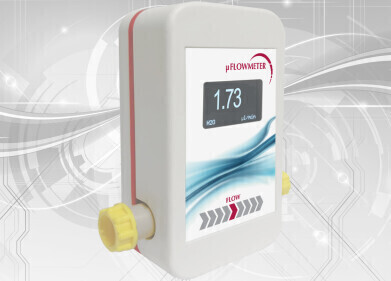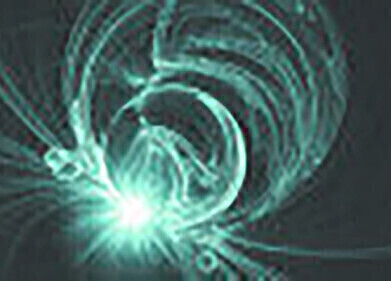LC-MS
8 Types of Liquid Chromatography
May 24 2022
Liquid chromatography is a popular method for research, development and testing in a variety of sectors. But not all methods are equal. In fact, there are a number of liquid chromatography types which involve different variations on the standard method.
Read on as we look at 8 types of liquid chromatography and how they work…
- Normal phase liquid chromatography
This is the standard procedure for liquid chromatography, used to test non-polar samples with a solid polar stationary phase. A non-polar liquid solvent allows compounds with the lowest polarity to separate first while those with the highest polarity separate last.
- Reverse phase liquid chromatography
In contrast to the method above, reverse phase liquid chromatography uses a non-polar stationary phase with a polar liquid solvent. Because of this combination, high-polarity compounds are separated first and followed by those with lower polarity.
- High-performance liquid chromatography
High-performance liquid chromatography uses pumps to pass pressurised liquid through the columns. The result is faster, more sensitive analysis, which can be done using both polarity combinations described above for normal phase and reverse phase.
- Flash chromatography
While the methods described above rely on gravity to separate compounds, flash chromatography uses an inert gas to force the mobile phase through the stationary phase. It’s much faster than the methods above but also more expensive.
- Partition chromatography
Liquid chromatography typically involves a liquid mobile phase and solid stationary phase – known as adsorption chromatography. On the other hand, partition chromatography uses liquid for both. They are separated based on their different partition coefficients.
- Size exclusion chromatography
Also known as molecular sieve, this type of liquid chromatography separates compounds based on the size of their molecules. The liquid mobile phase is passed through a solid stationary phase, with smaller compounds stopped along the way by the pores within the stationary phase.
- Affinity chromatography
Affinity chromatography is all about molecular bonds. A mobile phase is chosen specifically for its metallic bonding properties. When that passes the sample through the stationary phase, non-bonding molecules (analytes) move through while bonding molecules (ligands) are caught.
- Ion chromatography
Finally, ion chromatography is a type of high-performance liquid chromatography where ionic compounds are separated depending on a positive or negative ionic exchange with a solid stationary phase.
What about coupling?
It’s worth noting that list above is not exhaustive, and some types of liquid chromatography overlap with others. That’s not even mentioning the many ways in which separation techniques can be coupled with detection technology like mass spectrometry to provide more information about a sample.
An example of this is discussed in the article, Accelerating ADC Development with Mass Spectrometry, looking at the combination of liquid chromatography with mass spectrometry when analysing antibody-drug conjugates.
Events
May 11 2025 Vienna, Austria
May 18 2025 Tempe. AZ, USA
May 21 2025 Birmingham, UK
Jun 01 2025 Baltimore, MD, USA
Jun 15 2025 Bruges, Belgium














